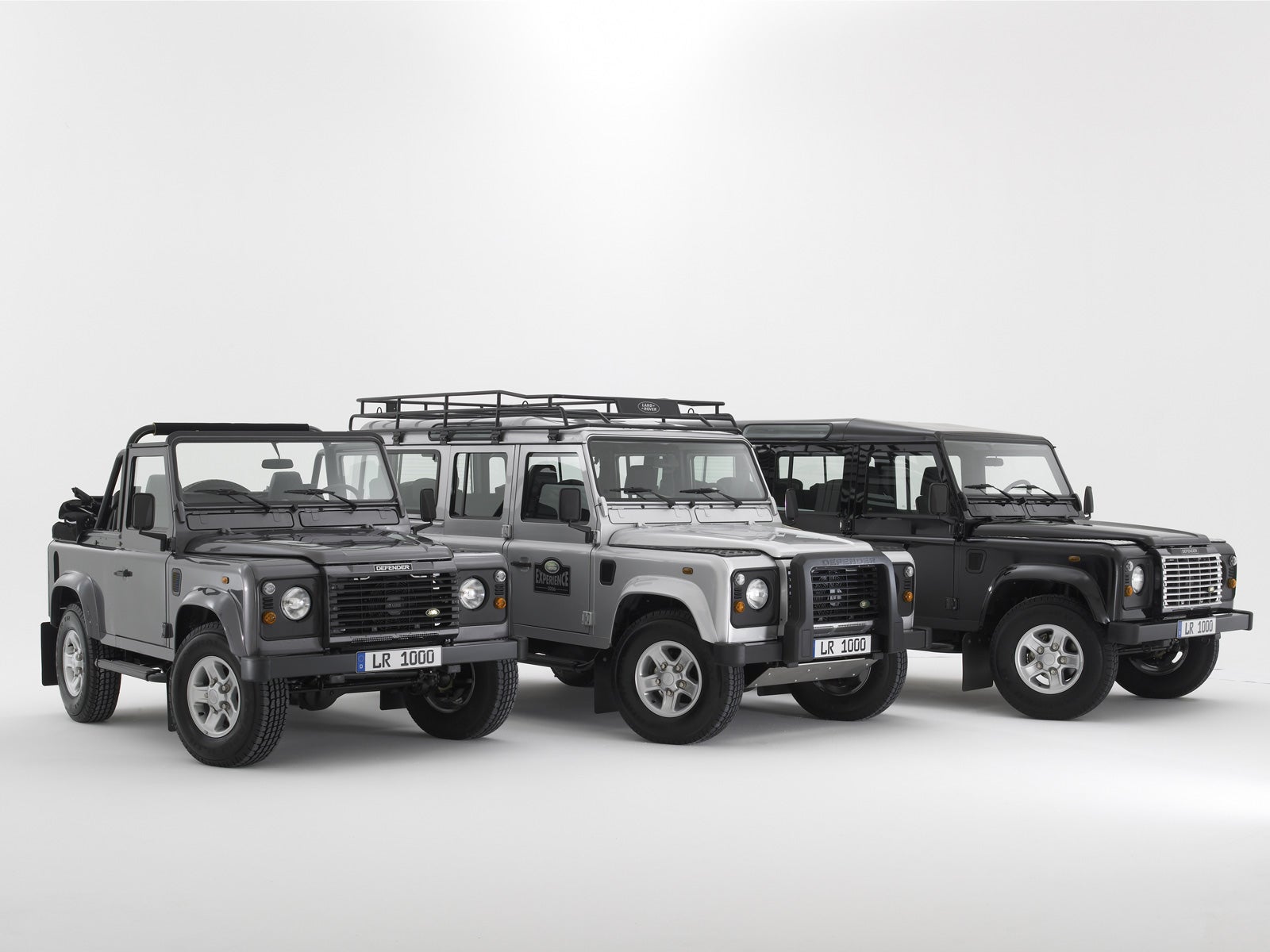The new Land Rover is due to be built in Wales. This is what it will mean for British manufacturing
The prospect of another upper-middle manufacturer in the UK deserves to be hugely welcomed


Billionaire Sir James Ratcliffe is expected to announce in the next few days that his Land Rover successor, the Grenadier, will be built in Bridgend, Wales. Jaguar Land Rover has gone upmarket and built a softer and more expensive version of what became the Defender, which was launched last week at the Frankfurt Motor Show. He saw an opportunity for a simple four-wheel-drive workhorse that would hark back to the original Land Rover ideal. It will have a separate chassis, BMW petrol and diesel engines, and will reach the market in 2021.
There are several stories embedded here.
One is that it still makes sense to manufacture in the UK. Jim Ratcliffe is not choosing Wales for charity. He will doubtless get a good deal from the Welsh government, for Bridgend needs an uplift after Ford announced that it would shut its engine plant there. But it must make reasonable financial sense or he would go elsewhere. It won’t be a huge plant, for the aim seems to be to sell about 25,000 vehicles a year. But that may be a sweet spot: big enough to establish a global brand but not so large as to risk a financial disaster.
Another is that men – it always seems to be men – who make a lot of money in one field seem to want to create car companies. Elon Musk, with Tesla, is the most obvious and successful example of that, for he has revolutionised an entire industry. Sir James Dyson, he of vacuum fame, looks like being another if the new Dyson electric car lives up to expectations. This is being built in Singapore, and from what we know about it, looks as innovative as his other designs. And if you are interested in an all-electric 4x4 on the lines of the old Land Rover, an American entrepreneur is set to launch the Bollinger B1 in the next few days, with delivery next year or maybe 2021. The name, by the way, is nothing to do with champagne – its founder Robert Bollinger made his fortune in haircare products.
The third story, and the one I find the most fascinating, is that even in long-established businesses there is room for outsiders to innovate and disrupt. The great car manufacturers of course can innovate too. Look at Toyota’s pioneering of hybrid cars with the Prius. BMW built a special environmentally-friendly factory for the electric i3, which has been a modest success, though is now being replaced.
But the established manufacturers, despite their huge resources, essentially have been refiners and developers rather than disrupters. In a way that is obvious: they don’t want to disrupt their own business. That does leave a gap, a niche for others to slide into.
That leads to a further thought. There are plenty of niches in every business, even one as long-established and global as motor manufacture. The two Sir James’s, Ratcliffe and Dyson, are going for quite different slots in the motor market, for it looks as though the Grenadier will be priced at under £40,000 and the Dyson around £100,000. The aim will be to sell the Dyson around the world, whereas sales of the Grenadier are expected to be confined to the UK, Europe and the emerging countries, at least to start with. And one will be ultra-new technology, whereas the other will be refined old-tech. But each entrepreneur senses a market that is not being served.
After all, that is what entrepreneurship is about: seeing opportunities that others fail to spot. The market will decide whether they are right.
A final twist. The history of the British motor industry has been an extraordinary roller coaster. It lagged behind Europe before the First World War, boomed between the wars and in the immediate aftermath of the Second World War, then hit the strike-ridden collapse of the 1970s. Since then there has been a modest revival, thanks initially to the Japanese in the mid-market, then the Indian takeover of Jaguar Land Rover in the upper-middle segment, and at the top-end with Bentley and Rolls-Royce both being restored by BMW and VW. Other niches – racing cars, Morgan, Lotus, Aston Martin – continue.
The new Dyson is being assembled in Singapore, though the design is mostly done in the UK. Going to Singapore was understandable but troubling. The lure of the Chinese market was too strong. But now there is the prospect of another upper-middle manufacturer in the UK and that surely deserves a welcome.
Join our commenting forum
Join thought-provoking conversations, follow other Independent readers and see their replies
Comments
Bookmark popover
Removed from bookmarks